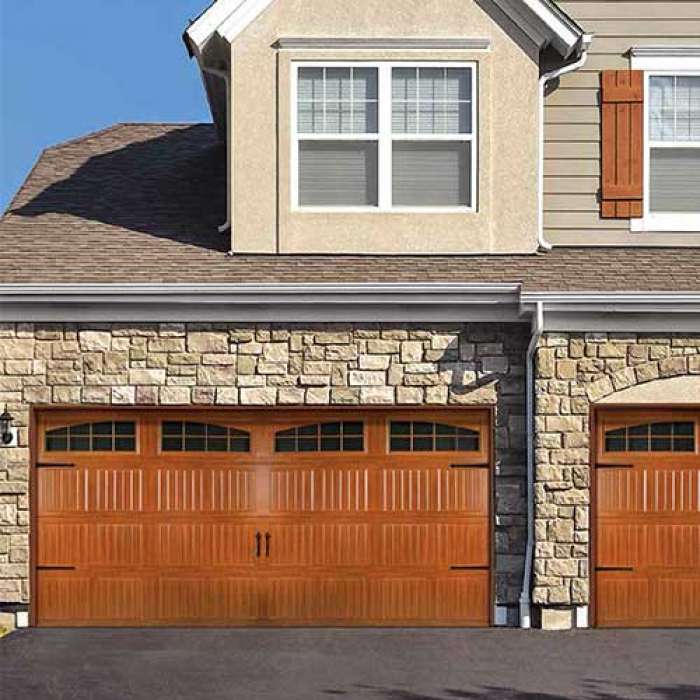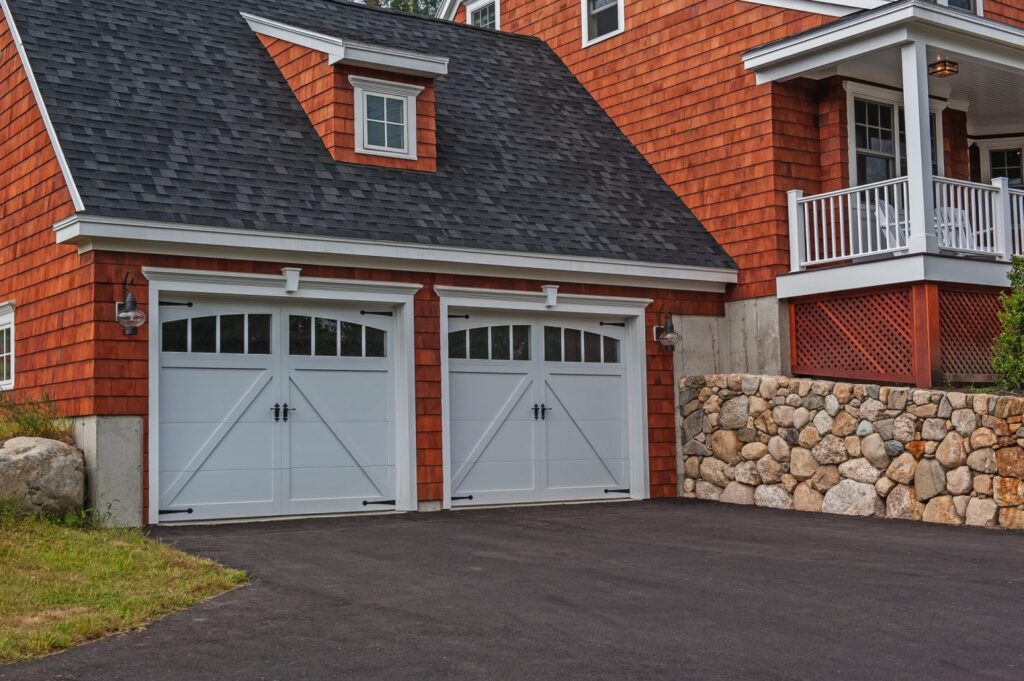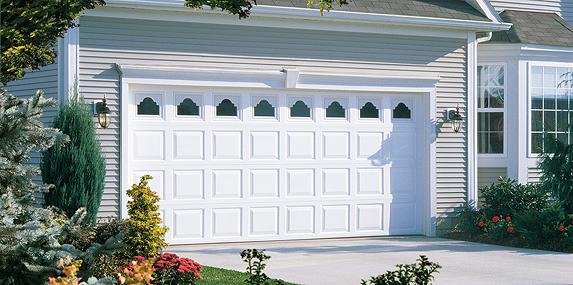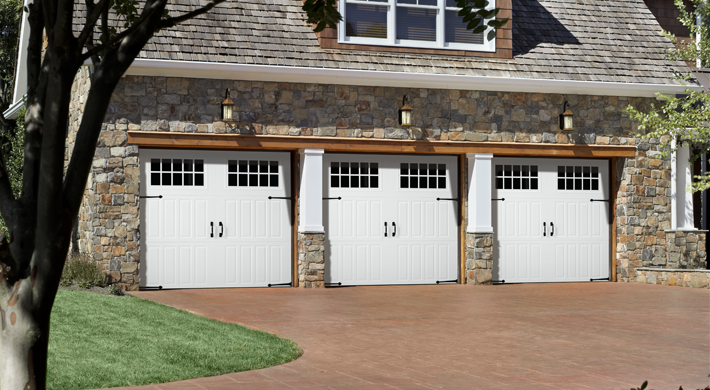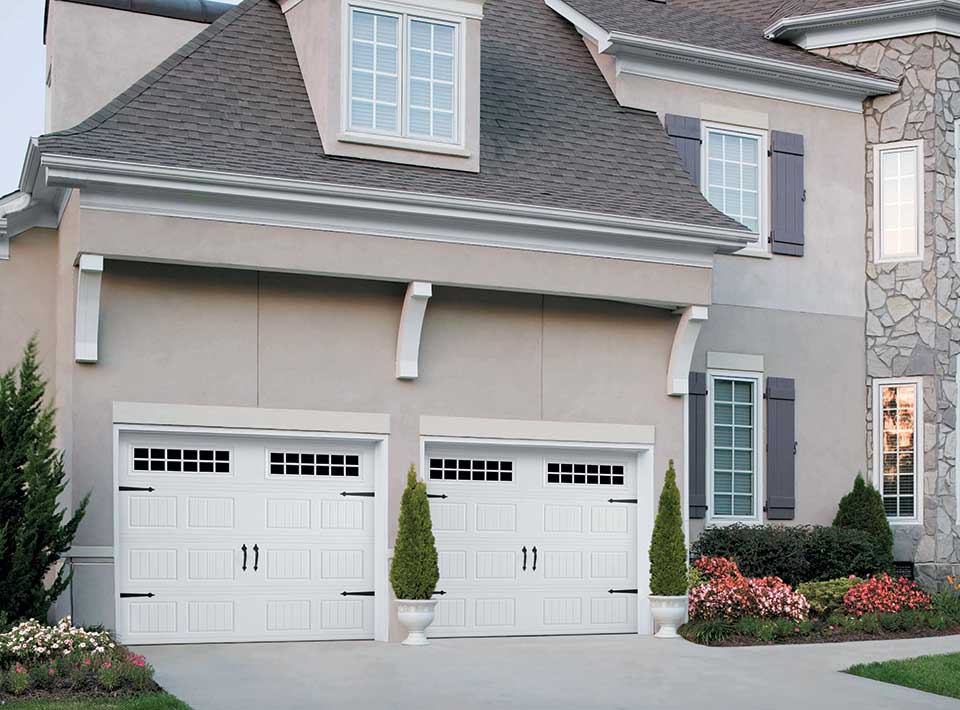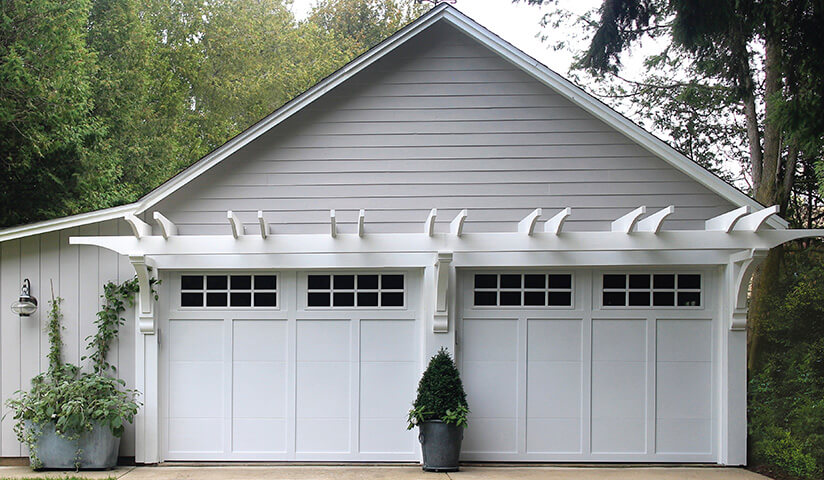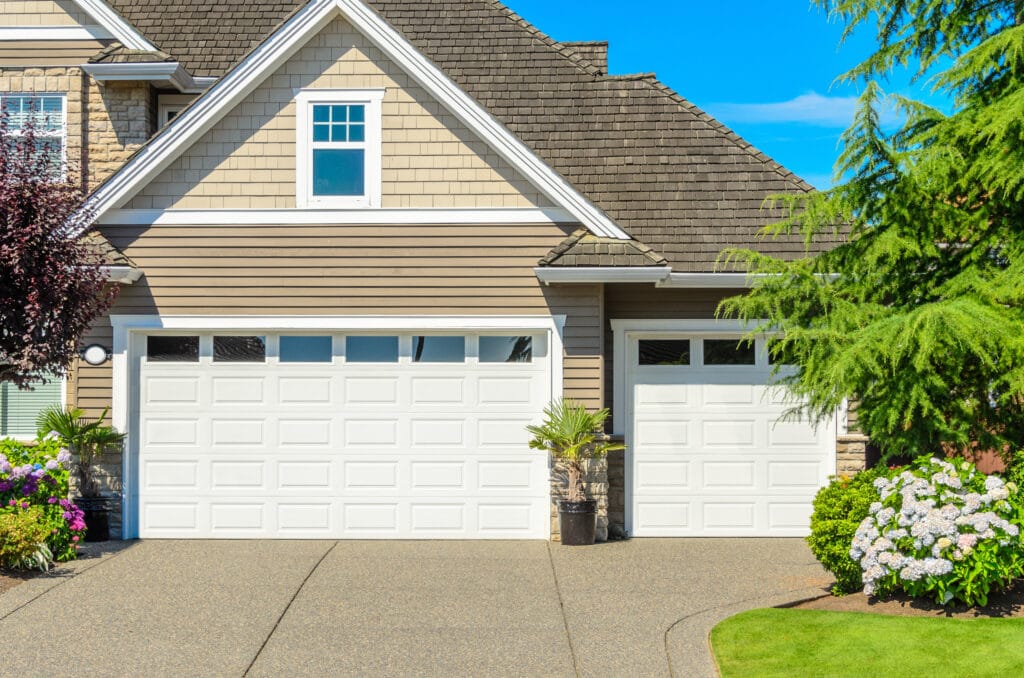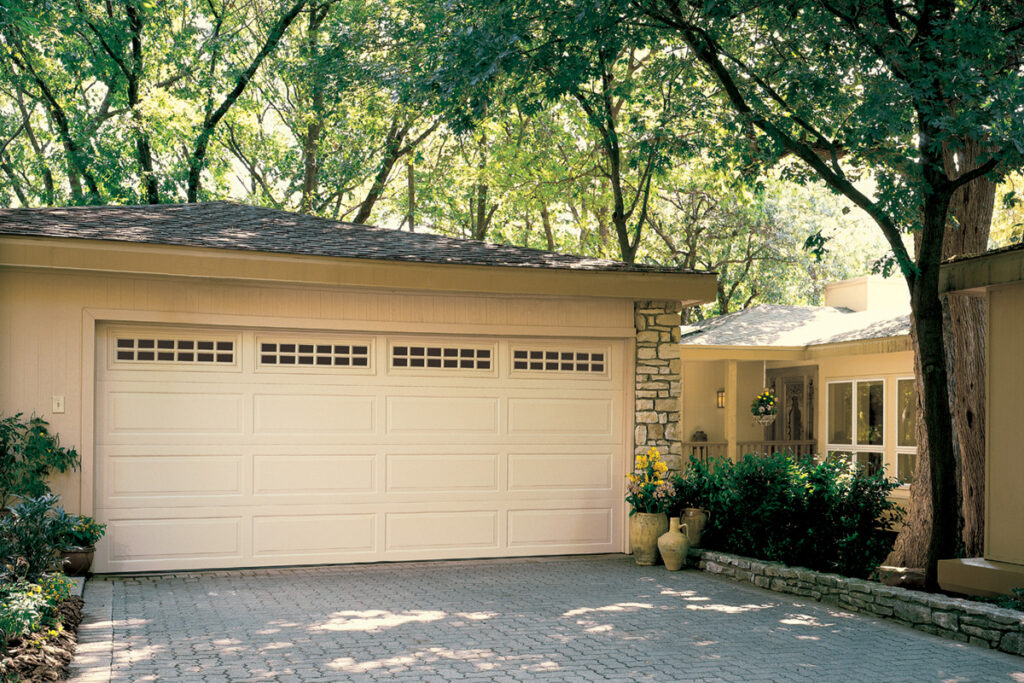Programming a LiftMaster Garage Door Repair Conroe TX involves a series of steps to synchronize the opener with your garage door remote, keypad, or other control devices.
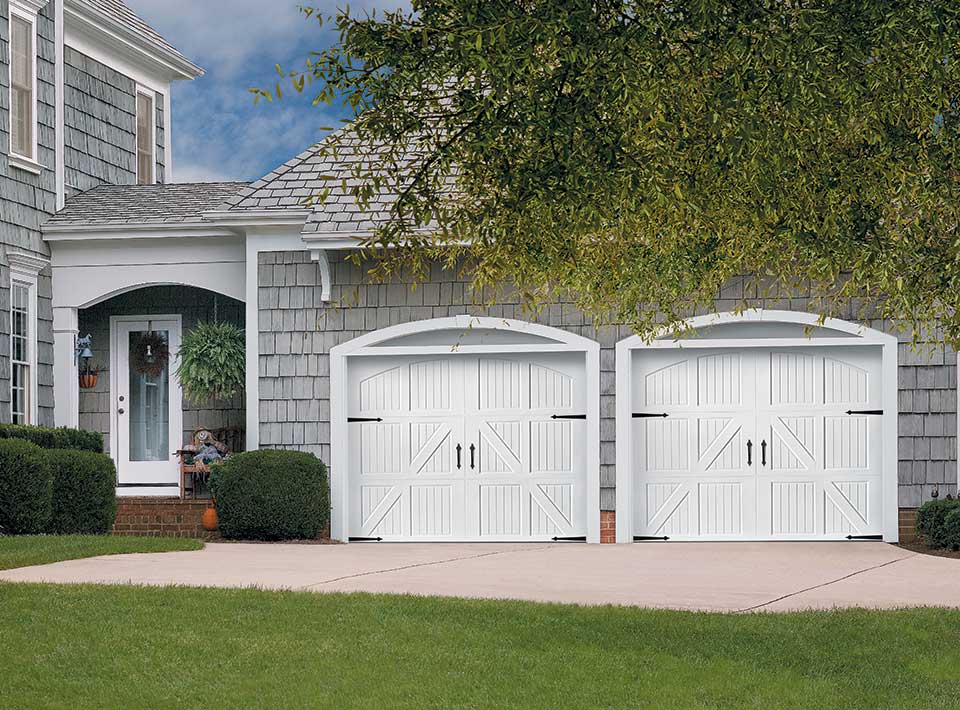
Whether you are setting up a new LiftMaster garage door opener or reprogramming an existing one, follow this comprehensive guide for a successful programming process:
1. Identify the Type of LiftMaster Garage Door Opener:
- Determine the type of LiftMaster garage door opener you have. LiftMaster offers various models with different features, including wall-mounted keypads, hand-held remotes, and built-in car remotes.
2. Locate the “Learn” or “Program” Button:
- Find the “Learn” or “Program” button on your LiftMaster garage door opener. This button is usually located on the motor unit and may be labeled as “Learn,” “Program,” or have a small LED light next to it.
3. Clear Existing Codes (If Needed):
- If you are reprogramming the opener or adding new devices, it’s advisable to clear existing codes. Press and hold the “Learn” button until the indicator light goes out, indicating that the previous codes have been erased.
4. Get a Sturdy Ladder:
- Use a sturdy ladder to safely access the LiftMaster garage door opener motor unit. Make sure the ladder is positioned securely on a level surface.
5. Program a Hand-Held Remote:
- If you have a hand-held remote control:
- Press and release the “Learn” button on the garage door opener.
- Within 30 seconds, press and hold the button on the remote control that you want to program.
- Hold the remote button until the garage door opener lights blink or you hear a clicking sound. This indicates that the programming is successful.
- Test the remote by pressing the programmed button to open or close the garage door.
6. Program a Wall-Mounted Keypad:
- If you have a wall-mounted keypad:
- Enter the manufacturer’s default PIN code or your existing PIN code if reprogramming.
- Locate the “Learn” button on the garage door opener.
- Press and release the “Learn” button.
- Enter a new PIN on the keypad.
- Press the “Enter” or “Send” button on the keypad.
- Test the keypad by entering the new PIN and pressing “Enter” to open or close the garage door.
7. Program Built-in Car Remotes:
- If you have a car with a built-in remote:
- Consult your vehicle’s owner’s manual for instructions on programming the garage door opener.
- Typically, you’ll need to press and hold the car remote buttons and simultaneously press the “Learn” button on the garage door opener.
8. Program Homelink (if applicable):
- If you have Homelink, a universal transmitter integrated into some vehicles:
- Press and hold the Homelink button in the vehicle until the indicator light starts flashing.
- While the light is flashing, press and hold the programmed button on the remote control or the “Learn” button on the garage door opener.
- Release both buttons when the Homelink indicator light changes from a slow to a rapid flash.
9. Test All Programmed Devices:
- Test all programmed devices to ensure they operate the garage door correctly. Open and close the door multiple times to confirm consistent functionality.
10. Additional Programming (If Applicable): – Some LiftMaster garage door openers offer additional programming options, such as setting travel limits, adjusting the force settings, or programming for additional remotes. Refer to your garage door opener’s user manual for detailed instructions on these advanced programming features.
11. Secure the Remote Codes: – Treat your programmed remote codes with care. Keep them secure and share them only with trusted individuals. Avoid using easily guessable codes like sequential numbers.
12. Troubleshooting: – If a programmed remote or device is not working, check the batteries, ensure the garage door opener has power, and review the programming steps. Consult the user manual for troubleshooting guidance.
13. Contact Customer Support (If Needed): – If issues persist or if you encounter difficulties during programming, contact LiftMaster’s customer support for assistance. They can provide specific guidance based on your opener model.
Conclusion:
Programming a LiftMaster Garage Door Repair Conroe TX is a straightforward process, and following these steps will help you achieve successful synchronization with your remote, keypad, or other control devices. Always refer to your garage door opener’s user manual for model-specific instructions and additional features. Regularly updating your programming and being aware of advanced features will ensure that your LiftMaster garage door opener provides reliable and convenient access to your garage.
Dynamo Overhead Garage Doors LLC
24/7 SERVICES AND EMERGENCY SERVICES (832) 270-3373
1-832-270-3373

